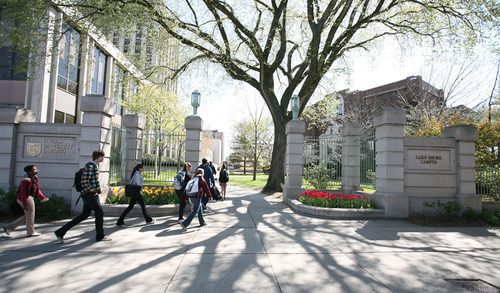
On the other hand, it is more characteristic of the Scholastic doctors, such as St. Gregory, and others, to rouse the affections so that we are moved to love and serve God our Lord in all things. It is characteristic of the positive doctors, such as St. We should praise both positive theology and that of the Scholastics. But while it does harm in the absence of our superiors to speak evil of them before the people, it may be profitable to discuss their bad conduct with those who can apply a remedy.ġ1. As a consequence, the people would become angry with their superiors, whether secular or spiritual. Though some of the orders, etc., may not have been praiseworthy, yet to speak against them, either when preaching in public or in speaking before the people, would rather be the cause of murmuring and scandal than of profit. We should be more ready to approve and praise the orders, recommendations, and way of acting of our superiors than to find fault with them. Finally, we must praise all the commandments of the church, and be on the alert to find reasons to defend them, and by no means in order to criticize them.ġ0. We ought to praise not only the building and adornment of churches, but also images and veneration of them according to the subject they represent.ĩ. We should praise works of penance, not only those that are interior but also those that are exterior.Ĩ. We must praise the regulations of the church with regard to fast and abstinence, for example, in Lent, on ember days, vigils, Friday, and Saturdays. We should praise visits to the station churches, pilgrimages, indulgences, jubilees, crusade indults, and the lighting of candles in churches.ħ. We should show our esteem for the relics of the saints by venerating them and praying to the saints. This was not considered easy as one had to renounce former pleasures and interests, but, Loyola promised, the spiritual rewards far outweighed whatever an adherent abandoned during the four-week course, which consisted of:Ħ. It is unclear what form the early exercises took, but by 1534, they were a four-week course during which one would progress from recognition of one's sin and unworthiness to acceptance of God's mercy and forgiveness and, by following Christ's path, to the realization of God's love and salvation through acceptance of Christ's gift of salvation.Īccording to the Autobiography of Saint Ignatius of Loyola, when he first introduced his friends to the exercises, they were not all eager to submit to the discipline as the goal was to leave one's former life behind to become 'a new creature in Christ'. In the cave near Manresa, he developed the discipline that would become the Spiritual Exercises as a means of ridding himself of attachment to the things of this world and opening himself up to the spirit of God. He spent his time there in service to others and in self-flagellation, prayer, and fasting to atone for his sins. He traveled to Montserrat, where he confessed his sins to a priest for three days, renounced his former life, and, dressed in sackcloth, walked to Manresa.

Loyola developed the discipline that would become the Spiritual Exercises as a means of ridding himself of attachment to the things of this world.


 0 kommentar(er)
0 kommentar(er)
